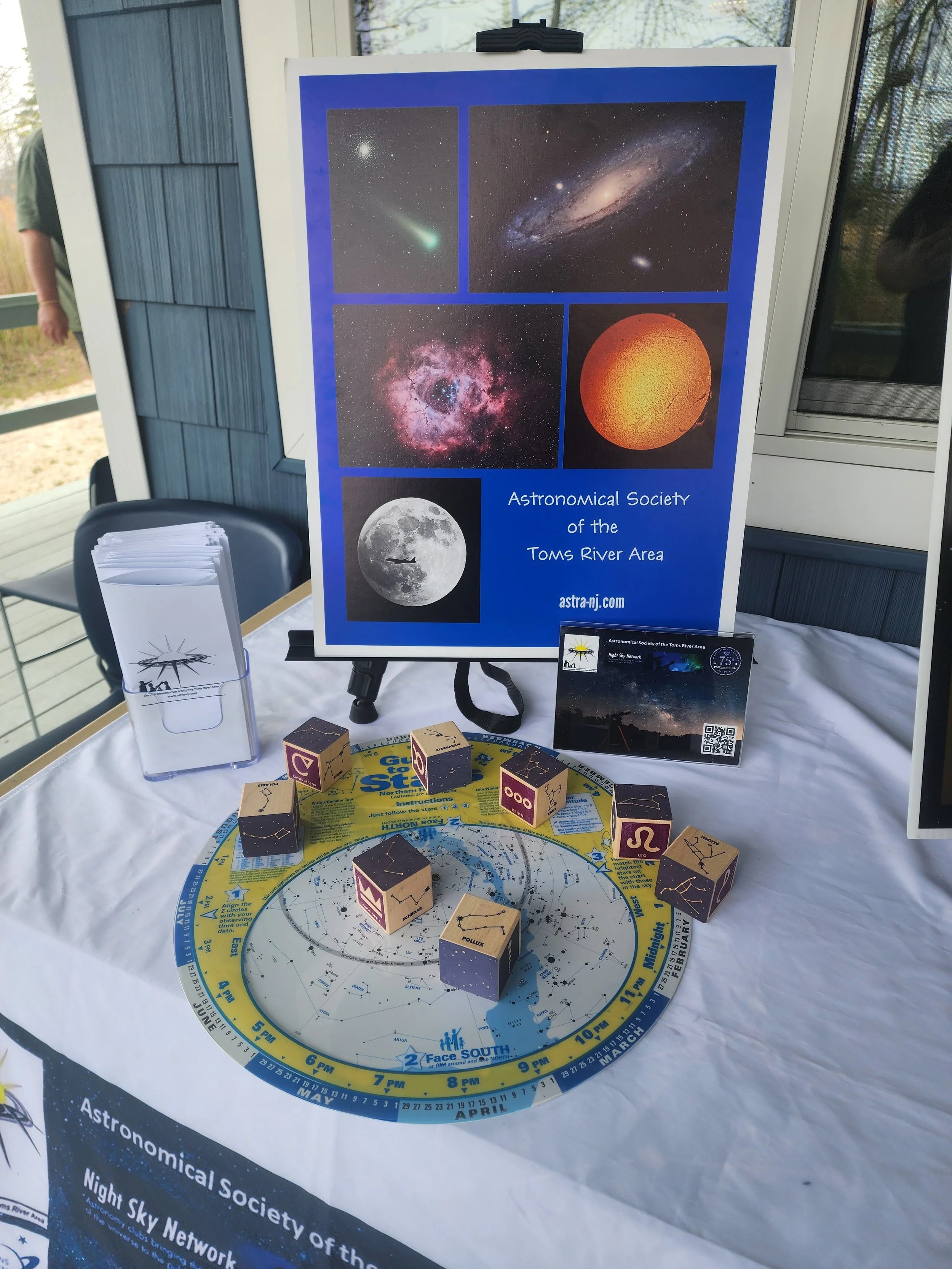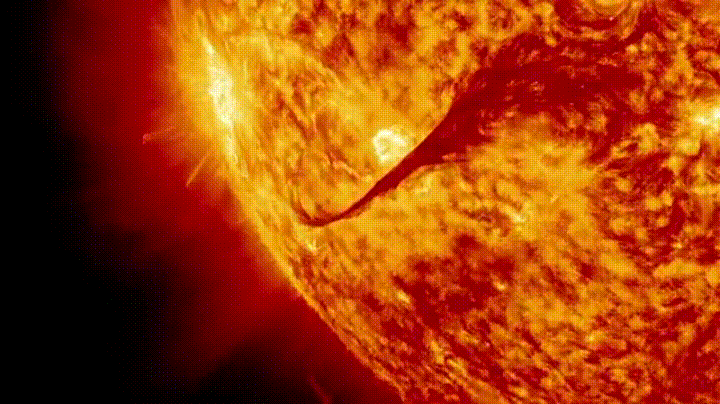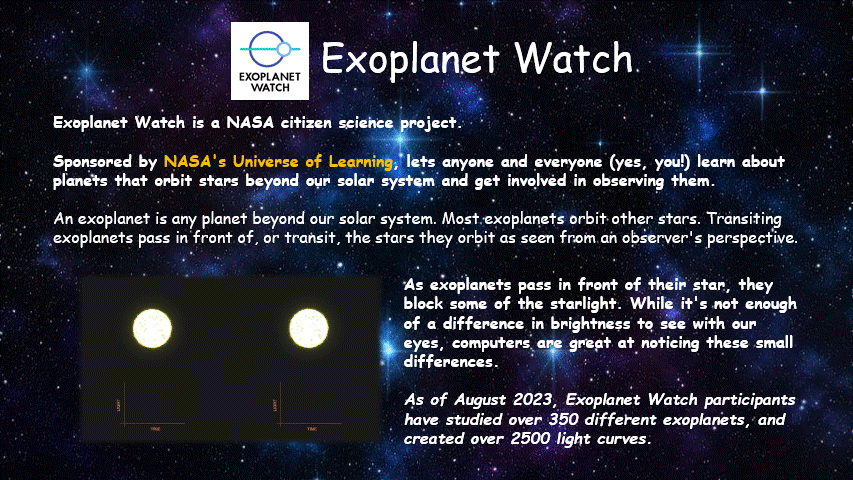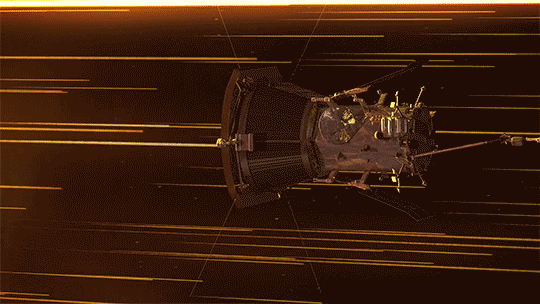Astral Projections Online May 2025
Check our Website for updated content at www.astra-nj.com
Club Presentations Wanted:
Does anyone have any astronomy items of interest to share with the membership?
Please let us know at Club Contacts.
Club dues and membership. If you renew after March 31 you will be renewed as a new member.
ASTRAL PROJECTIONS ONLINE (APO for short) is an email-linked publication for members only. If you exit APO to the club website or other resources you will need to use the emailed link again to get back to it. If you wish to retain a copy please bookmark or refer back to the email. We will make all efforts to post by the first week of the month.
Submissions Welcome: Members are invited to submit articles, photos, news, or stories for inclusion with Astral Projections Online. Please contact the ASTRA Webmaster.
Event Calendar
EVENT Cancellations: Members will receive email notifications of an event cancellation.
Upcoming May ASTRA Meeting
ASTRA's next meeting will be Friday, May 9, 2025, at 7 PM EST.
Upcoming Star Parties
May 17, 2025 - Patriots Park - 9 PM
May 31, 2025 - Jakes Branch - 9 PM
Upcoming Public, County & State Park Presentations 2025
Public Outreach Presentations, if any member wishes to support ASTRA outreach efforts with the public, please let Vinny, Ro, or Jim know of any interest. Additional help for these events is always appreciated.
County and State Park presentations require a registration fee; call the hosting park to reserve.
May 3 - 12 PM Until 5 PM - Novins Planetarium - Astronomy Day - Solar Observing
May 15 - 6:30 PM to 7:30 PM - Brick Library - Moon Presentation
May 17 - 11 AM to 3 PM - Island Beach State Park - Ocean Fun Day - Solar Observing
Website Updates …
Please visit our club website. We continue to have additional updates, if some content would be useful to members please let us know.
“I have loved the stars too fondly to be fearful of the night."
- Sarah Williams (1837–1868), English poet, author of "The Old Astronomer"
ASTRA Meeting - May 9 at 7 PM
We will have a guest speaker at our May meeting, which will be held at 7 PM in the planetarium meeting room. Christina Andrade from the University of Minnesota, Research Professional | MN Institute for Astrophysics.
We are asking members to support our ASTRA meetings on Astronomy items of interest for presentations. Please let Jim, Ro, or Vinny know.
Event Reports
The April 5 star party at Jake's Branch was canceled due to the weather.
March ASTRA Meeting Summary
As reported by Vinny Illuzzi
We held a brief business meeting to review upcoming star parties and club-supported events, including the April 26 Cattus Island Nature Festival. We also reviewed some upcoming celestial events for April.
Two telescopes were brought in for the telescope workshop. Matthew Michota and Phil Zollner assisted with these. One of those scopes, a Celestron Star Sense reflector, was brought in by Carson, our newest youth member, who attended with his parents.
While Matt and Phil worked with the scopes, the rest of the members watched YouTube videos of NEAF by Luca of The Space Koala. Luca's videos provided a good overview of many of the products exhibited by the vendors at NEAF. For members who have never attended NEAF, they also provided a sense of what it's like to be there.
Northeast Astronomy Forum and Space Expo - NEAF 2025
On April 5 and April 6, the Rockland Astronomy Club hosted the Northeast Astronomy Forum and Space Expo. Attendance was good, and there were more vendors than last year. Jim and Gloria Webster and members of DarkSky New Jersey, New York, and Pennsylvania were in attendance, supporting the DarkSky International and SciStarter booths.
Jim Webster presented at NEAF DarkSky: Saving Our Dark Skies and SciStarter: Citizen Science for Everyone.
We had several ASTRA members at NEAF on Saturday, and rainmaker purchases were made.
On Sunday, the event had an unexpected alarm go off, and we had to evacuate for about 30 minutes. A faulty fire alarm occurred, and the local fire department had to reset and green light our return to the building. Jim Webster passed the time doing dad jokes, which everyone but Gloria laughed at.











County Park Presentations
Another Cattus Island Nature Festival event is in the books. Unfortunately, the weather on April 26 did not allow for any Solar Observing. Guest numbers were only in the 500s, with 112 coming to visit our tables. The Solar Observing presentation topped at ten, but was a placeholder for other events. We did have some members come by, which was appreciated.
The next event would be Ocean Fun Day at Island Beach State Park on May 17, with one table set up and solar observing, weather permitting.
Toms River Green Fair - April 3
We had a table set up for the Toms River Green Fair at Toms River High School North. The photo was taken before the public arrived.
Upcoming Planetarium Events
Novins Planetarium will be hosting Astronomy Day on May 3. Run time is from 12 PM to 6 PM. I’ve agreed to participate, representing ASTRA, DarkSky New Jersey, and SciStarter. If anyone else is interested in helping, please let me know. For those with solar telescopes and who are available, it would be good if we could have some member participation in front of the Planetarium, weather permitting.
Novins Planetarium also has a planned event on Thursday evening on May 22 for the Girl Scouts.
Constellation Activity
The image is for a constellation activity used at several events, including NEAF.
The idea is to have several constellation blocks for someone to pick and try to find the constellation on the planisphere. The planisphere is locked down to keep it from spinning, making it easier to find the correct constellation with the associated block.
The feedback from the NEAF representative running the children's activities was positive.
At the Cattus Island Nature Festival, there was a kid of maybe six who knew the constellations.
I plan on having it available for the Novins Planetarium Astronomy Day on May 3. If anyone has any other ideas, we should discuss them at an upcoming meeting.
Members Submitted Articles & Items
Whatever it is, how you tell your story online can make all the difference.
Contact: Jim Webster, ASTRA President and Webmaster, regarding submissions.
AstroMag April 2025
A free online publication for Amateur Astrophotographers.
The Moon: Our Nearest Neighbor
Let’s explore some interesting features, facts, or myths about our nearest neighbor, the Moon. Without it, life on Earth would be totally different, if not at all.
The Moon and a new citizen science project.
There will be a public presentation at the Brick Township Library on May 15 at 6:30 PM.
Beginner Astronomy – The Moon: Our Nearest Neighbor. – 1 Hour
Description: Getting started in Astronomy, usually the first thing we observe is the Moon. We will take a closer look at our nearest neighbor, the Moon. We will also explore some citizen science projects we can do.
Many of the citizen science projects have come and gone. There is a new one being planned. Have you ever noticed that when the Moon is bigger closer to the horizon? The Moon can appear to be much larger than at other times. Help provide data for a research project studying the “Moon Illusion”! The Big Moon Project.
Sidewalk Astronomy
Sidewalk astronomy has come to be associated with public education about astronomy, with free public viewing for anyone who wishes to look through the telescope. One of the easiest objects to present is the Moon.
Organizations such as the San Francisco Sidewalk Astronomers, founded by John Dobson, are organized around the idea of educating people about the universe they live in by having them look through telescopes. "Sidewalk Telescope", more commonly referred to as the Dobsonian telescope.
Outreach material below is distributed free for public outreach.
Astronomy for ASTRA Kids
NASA Science - Space Place - Our Sun
For our young ASTRA members, NASA has online webpages for kids. Great education resource for fun learning and arts & crafts.
NASA Space Place - Sun
Around The Web
Dark Sky News
Dark Sky New Jersey is now in discussion with Middlesex Borough and the environmental commission for another DarkSky exhibit board.
This will make three locations: Great Swamp, which is active, and two locations in the works: Middlesex and Jake’s Branch.
Island Beach State Park and the Nature Center of Cape May also have some early board designs on display.
State Bill A2196
The New Jersey State Lighting Bill is back with the New Jersey State Assembly, and some modifications have been made to the bill. For more information, the link to the bill is available: https://www.njleg.state.nj.us/bill-search/2024/A2196
On the lighter side of astronomy …
This one kind of works for the canceled April Star Party with NEAF happening on the same day.
For more go to NASA Jet Propulsion Laboratory webpage: What’s Up: Skywatching Tips From NASA
This article and images are distributed by NASA Night Sky Network
The Night Sky Network program supports astronomy clubs across the USA dedicated to astronomy outreach.
Visit nightsky.jpl.nasa.gov to find local clubs, events, and more!
May Night Sky Notes:
How Do We Find Exoplanets?
By: Dave Prosper
Updated by: Kat Troche
This is an image of the star HR 8799 taken by Hubble's Near Infrared Camera and Multi-Object Spectrometer (NICMOS) in 1998. Sophisticated software processing of the NICMOS data removes most of the scattered starlight to reveal three planets orbiting HR 8799. Astronomers used this decade-old image to calculate the orbits of the planets. An illustration of the HR 8799 exoplanet system based on the reanalysis of Hubble NICMOS data and ground-based observations. Credit: NASA, ESA, and R. Soummer (STScI)
Astronomers have been trying to discover evidence that worlds exist around stars other than our Sun since the 19th century. By the mid-1990s, technology finally caught up with the desire for discovery and led to the first discovery of a planet orbiting another sun-like star, Pegasi 51b. Why did it take so long to discover these distant worlds, and what techniques do astronomers use to find them?
The Transit Method
A planet passing in front of its parent star creates a drop in the star’s apparent brightness, called a transit. Exoplanet Watch participants can look for transits in data from ground-based telescopes, helping scientists refine measurements of the length of a planet's orbit around its star. Credit: NASA’s Ames Research Center
One of the most famous exoplanet detection methods is the transit method, used by Kepler and other observatories. When a planet crosses in front of its host star, the light from the star dips slightly in brightness. Scientists can confirm a planet orbits its host star by repeatedly detecting these incredibly tiny dips in brightness using sensitive instruments. If you can imagine trying to detect the dip in light from a massive searchlight when an ant crosses in front of it, at a distance of tens of miles away, you can begin to see how difficult it can be to spot a planet from light-years away! Another drawback to the transit method is that the distant solar system must be at a favorable angle to our point of view here on Earth – if the distant system's angle is just slightly askew, there will be no transits. Even in our solar system, a transit is infrequent. For example, there were two transits of Venus visible across our Sun from Earth in this century. But the next time Venus transits the Sun as seen from Earth will be in the year 2117 – more than a century from now, even though Venus will have completed nearly 150 orbits around the Sun by then!
The Wobble Method
As a planet orbits a star, the star wobbles. This causes a change in the appearance of the star’s spectrum called the Doppler shift. Because the change in wavelength is directly related to relative speed, astronomers can use Doppler shift to calculate exactly how fast an object is moving toward or away from us. Astronomers can also track the Doppler shift of a star over time to estimate the mass of the planet orbiting it. Credit: NASA, ESA, CSA, Leah Hustak (STScI)
Spotting the Doppler shift of a star's spectra was used to find Pegasi 51b, the first planet detected around a Sun-like star. This technique is called the radial velocity or "wobble" method. Astronomers split up the visible light emitted by a star into a rainbow. These spectra, and gaps between the normally smooth bands of light, help determine the elements that make up the star. However, if there is a planet orbiting the star, it causes the star to wobble ever so slightly back and forth. This will, in turn, cause the lines within the spectra to shift ever so slightly towards the blue and red ends of the spectrum as the star wobbles slightly away and towards us. This is caused by the blue and red shifts of the planet's light. By carefully measuring the amount of change in the star's spectra, astronomers can determine the size of the object pulling on the host star and if the companion is indeed a planet. By tracking the variation in this periodic shift of the spectra, they can also determine the time it takes the planet to orbit its parent star.
Direct Imaging
Finally, exoplanets can be revealed by directly imaging them, such as this image of four planets found orbiting the star HR 8799! Space telescopes use instruments called coronagraphs to block the bright light from the host star and capture the dim light from planets. The Hubble Space Telescope has captured images of giant planets orbiting a few nearby systems, and the James Webb Space Telescope has only improved on these observations by uncovering more details, such as the colors and spectra of exoplanet atmospheres, temperatures, detecting potential exomoons, and even scanning atmospheres for potential biosignatures!
Image taken by the James Webb Space Telescope of four exoplanets orbiting HR 8799.
Credit: NASA, ESA, CSA, STScI, Laurent Pueyo (STScI), William Balmer (JHU), Marshall Perrin (STScI)
You can find more information and activities on NASA's Exoplanets page, such as the Eyes on Exoplanets browser-based program, The Exoplaneteers, and some of the latest exoplanet news. Lastly, you can find more resources in our News & Resources section, including a clever demo on how astronomers use the wobble method to detect planets!
The future of exoplanet discovery is only just beginning, promising rich rewards in humanity's understanding of our place in the Universe, where we are from, and if there is life elsewhere in our cosmos.
From SciStarter: Space Science presentation.
Scistarter.org
Let’s Explore Space - What’s in the Sky May 2025
By StarWalk Astronomy App - Sky Tonight
Please let me know if this is preferred instead of posting on individual constellations and deep sky objects. This will cover what was being posted in the past.
Physics Article: Combing Through the Sun’s Corona for Dark Matter
April 28, 2025 - Researchers have turned NASA’s Parker Solar Probe into a dark-matter detector, taking advantage of its close encounters with the Sun to search for dark-photon signals.
Tonight’s Sky: No longer posting
October 2024 was the last updated posting of Tonight’s Sky. It is still available via YouTube.
Linked is the twelve-month playlist on YouTube.
Any suggested replacements, let me know.
Visit the STScI which produces Hubblesite.org video overviews for Tonight’s Sky.
They can be found both on Facebook and stsci.edu.
Submissions Welcome
Members are invited to submit articles, photos, news, or stories for inclusion with Astral Projections Online. Please contact the ASTRA Webmaster.

























